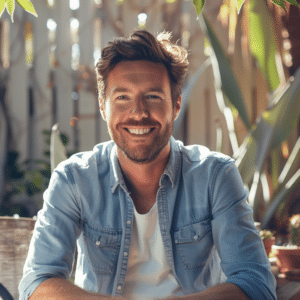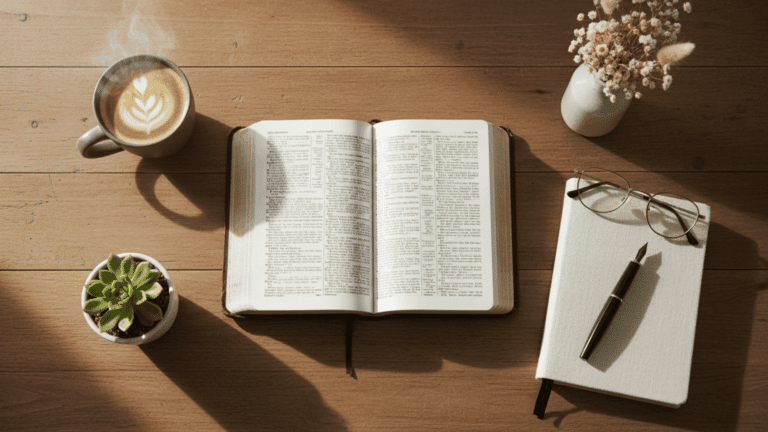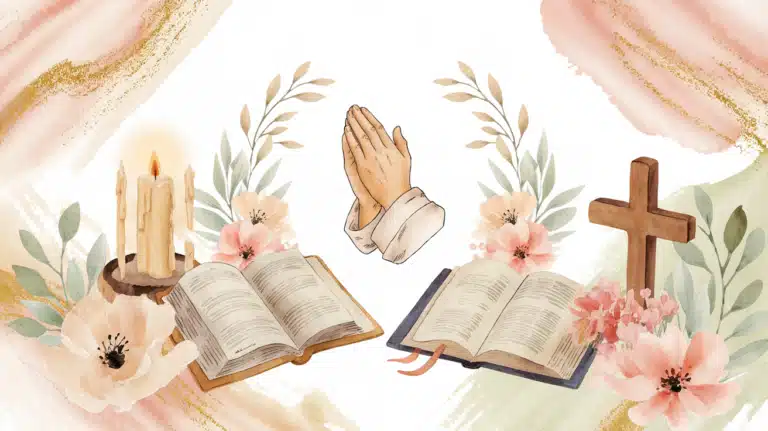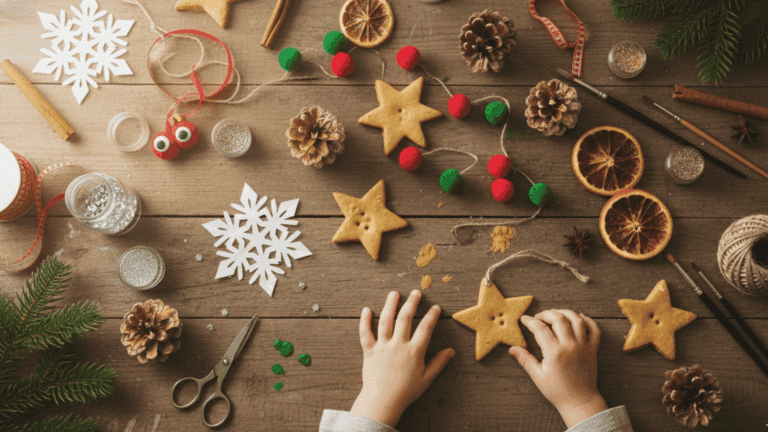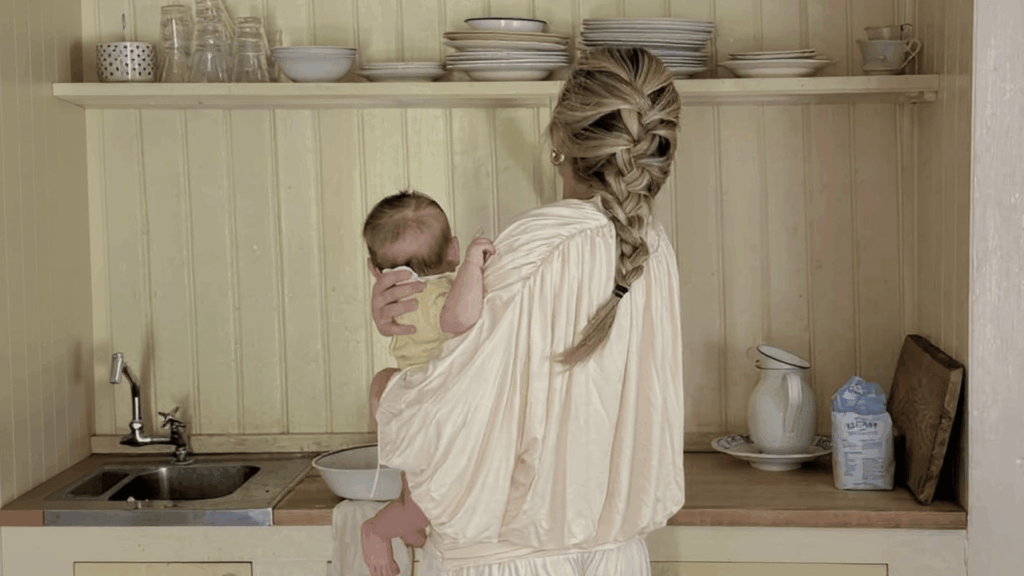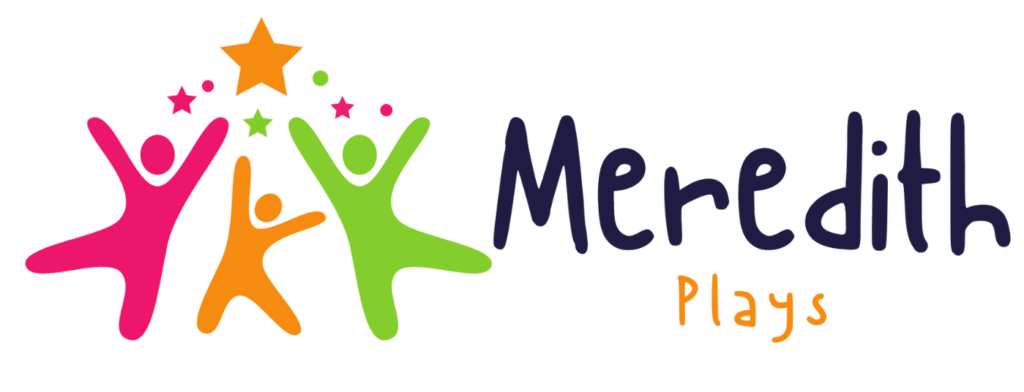Are you interested in exploring a variety of fruits that start with the letter “Y”? This list will spark your interest and introduce you to new flavors.
Each fruit brings unique taste and health benefits, from the sweet Yellow Watermelon to the less common Yuzukichi.
Think of the wonderful new options you can add to your diet, enriching your meals with fresh, vibrant choices.
Whether you enjoy cooking or love trying new foods, these fruits are perfect for anyone looking to enhance their culinary repertoire.
Dive into this list and discover what each “Y” fruit offers!
List of Fruits Beginning with Y
1. Yellow Watermelon

Yellow watermelon offers a sweeter taste than the traditional red variant, with bright yellow flesh inside its green rind.
| Nutritional Benefits | Culinary Uses | Growing Conditions |
|---|---|---|
| High in vitamins A and C, antioxidants, and amino acids. | Enjoyed fresh, in fruit salads, or juiced. | Requires warm, well-drained soil and full sun. |
Fun Facts:
- The yellow color comes from the absence of the antioxidant lycopene.
- It is often a surprise at picnics due to its unexpectedly bright interior.
2. Yuzu

Yuzu is a sour and highly aromatic citrus fruit used mainly for its zest and juice in Japanese and Korean cuisine.
| Nutritional Benefits | Culinary Uses | Growing Conditions |
|---|---|---|
| Rich in vitamin C, antioxidants, and flavonoids. | They are used in dressings, marinades, and desserts. | Grows in temperate climates, requiring protection from extreme cold. |
Fun Facts:
- Yuzu’s aroma is so distinct that it is used in perfumes and aromatic baths.
- The fruit is rarely eaten as is due to its intense tartness.
3. Yangmei (Yumberry)
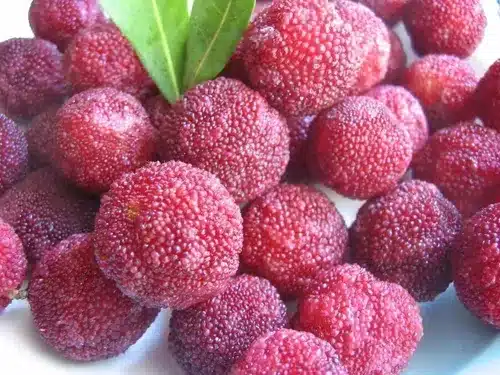
Yangmei, also known as yumberry, is a juicy, sweet, and slightly tart fruit native to East Asia, particularly China.
| Nutritional Benefits | Culinary Uses | Growing Conditions |
|---|---|---|
| High in vitamin C, antioxidants, and oligonucleotides. | It is consumed fresh, in juices or wines. | Prefers subtropical climates with moist, well-drained soil. |
Fun Facts:
- Yangmei has been cultivated in China for over 2,000 years.
- The fruit is often used in traditional Chinese medicine.
4. Yali Pear
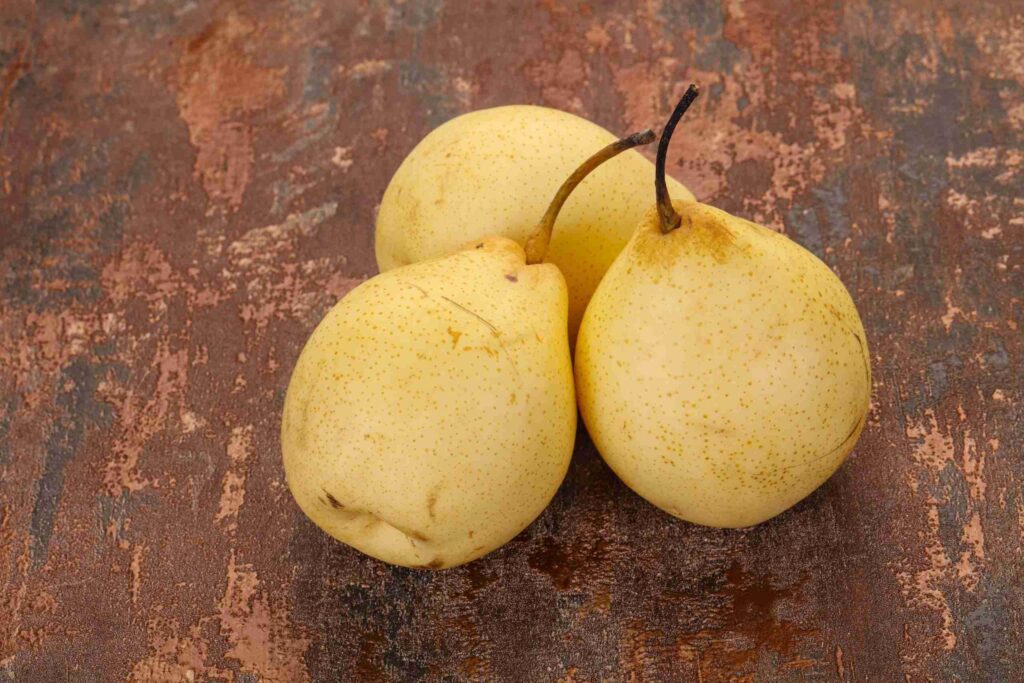
Yali pear, a type of Asian pear, is crisp, juicy, and slightly tart, making it a popular fresh-eating variety.
| Nutritional Benefits | Culinary Uses | Growing Conditions |
|---|---|---|
| Contains fiber, vitamin C, and potassium. | Perfect for fresh eating, salads, and desserts. | It requires full sun and well-drained soil; it is cold-resistant. |
Fun Facts:
- Yali pears are often given as gifts in East Asia due to their beautiful appearance and delicious taste.
- They store exceptionally well, keeping for several months when refrigerated.
5. Youngberry

Youngberry is a cross between blackberry, dewberry, and loganberry, known for its deep, wine-like flavor and maroon hue.
| Nutritional Benefits | Culinary Uses | Growing Conditions |
|---|---|---|
| Rich in vitamins C and K, fiber, and antioxidants. | They are used in jams, desserts, and syrups. | Grows best in mild to warm climates; requires trellising for support. |
Fun Facts:
- It was developed in Louisiana in the early 20th century by Byrnes M. Young.
- The berries are delicate and not typically sold in supermarkets due to their short shelf life.
6. Yellow Passion Fruit

Yellow passion fruit is larger and somewhat less acidic than its purple counterpart. It has a bright yellow outer shell and a juicy, seed-filled interior.
| Nutritional Benefits | Culinary Uses | Growing Conditions |
|---|---|---|
| High in vitamins A and C, fiber, and plant compounds that have a calming effect. | They are used in juices, desserts, and sauces. | Prefers tropical to subtropical climates, frost-sensitive. |
Fun Facts:
- It is more resistant to pests and diseases than the purple variety, making it easier to cultivate.
- The vines can produce fruit within a year of planting and continue for 5-7 years.
7. Yellow Sapote

Yellow sapote is a bright yellow fruit native to Central America. Its texture is often compared to that of a cooked egg yolk, and its taste is sweet and custard-like.
| Nutritional Benefits | Culinary Uses | Growing Conditions |
|---|---|---|
| High in vitamin A, vitamin C, and carotenoids. | Eaten fresh, used in desserts and smoothies. | Grows in tropical climates require well-drained soil and full sun. |
Fun Facts:
- Yellow sapote is often called “egg fruit” due to its egg-like texture.
- The fruit is also popular in traditional dishes throughout Central America and the Caribbean.
8. Yellow Dragon Fruit

Yellow dragon fruit, also known as pitahaya, has bright yellow skin and white flesh with black seeds. It offers a sweeter taste than the more common red variety.
| Nutritional Benefits | Culinary Uses | Growing Conditions |
|---|---|---|
| High in vitamin C, fiber, and antioxidants. | Eaten fresh, in salads, or used in smoothies and desserts. | Requires hot climates with minimal frost and well-drained soil. |
Fun Facts:
- Unlike other dragon fruits, the yellow variety has thorns along its fruits, which must be carefully removed before consumption.
- It is one of the most expensive dragon fruit varieties due to its sweetness and rarity.
9. Yantok (Rattan Fruit)

Yantok, known for its sour taste, is the fruit of the rattan palm, native to tropical Asia.
| Nutritional Benefits | Culinary Uses | Growing Conditions |
|---|---|---|
| Contains vitamin C and dietary fiber. | They are typically used in Filipino cuisine to add sourness to dishes. | Grows in tropical forest undergrowth require a humid and shaded environment. |
Fun Facts:
- Rattan fruit is also used in traditional medicine in its native regions.
- The vine from which it grows is commercially valuable for producing rattan furniture.
10. Yellow Fig
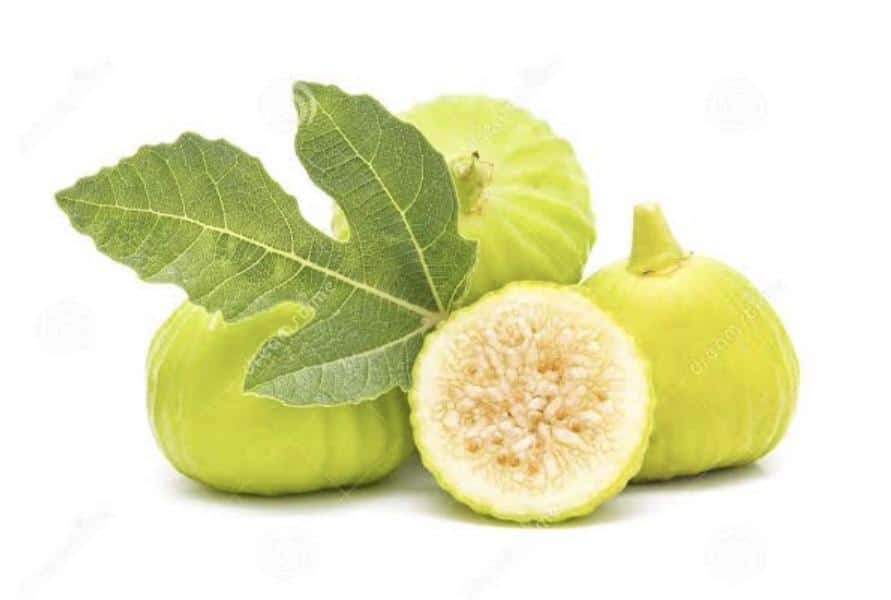
Yellow figs are a sweet and delicate variety of figs, recognized by their vibrant yellow skin and tender texture.
| Nutritional Benefits | Culinary Uses | Growing Conditions |
|---|---|---|
| Rich in fiber, vitamins A and K, calcium, and iron. | It is enjoyed fresh, in jams, or desserts. | It prefers warm, dry climates and needs well-drained soil. |
Fun Facts:
- Figs are one of the oldest fruits known to be cultivated by humans.
- Yellow figs are often considered a delicacy due to their sweet taste and aesthetic appeal.
11. Yunnan Hackberry

The Yunnan hackberry is a small fruit from Yunnan, China, similar in appearance and taste to a small, sweet cherry.
| Nutritional Benefits | Culinary Uses | Growing Conditions |
|---|---|---|
| High in vitamin C, calcium, and iron. | Eaten fresh or used in traditional Chinese medicine. | Adaptable to various soil types; prefers a temperate climate. |
Fun Facts:
- The tree is also valued for its wood, which is used in furniture making.
- Hackberries are considered a symbol of wisdom and patience in Chinese culture.
12. Yew Berry (Not Edible)

The fruit of the yew tree, soft, red berries, surrounds a single, toxic seed.
| Nutritional Benefits | Culinary Uses | Growing Conditions |
|---|---|---|
| The flesh is non-toxic and contains antioxidants, but the seed is poisonous. | The flesh is sometimes used to make jelly, but extreme caution is needed to avoid seeds. | Prefers cool, moist climates and well-drained soil. |
Fun Facts:
- All parts of the yew plant except the berry flesh are toxic and can be fatal if ingested.
- Yew trees are often found in churchyards throughout England and are symbolically associated with immortality and death.
13. Yew Plum (Not Edible)

Yew plum, from the yew plum pine, is generally considered ornamental rather than edible due to the toxicity of other parts of the plant.
| Nutritional Benefits | Culinary Uses | Growing Conditions |
|---|---|---|
| Not commonly consumed due to potential toxicity. | Mainly ornamental; not recommended for consumption. | Grows in well-drained, sandy soils; prefers cooler climates with shaded areas. |
Fun Facts:
- The yew plum pine is often used for its decorative appearance rather than fruit.
- Extreme caution is advised as most plant parts are toxic if ingested.
14. Yakon Fruit

Yakon is actually derived from the root of the Yakon plant. The root is sweet and crunchy, resembling a fruit in its fresh form.
| Nutritional Benefits | Culinary Uses | Growing Conditions |
|---|---|---|
| High in inulin, a prebiotic fiber, and antioxidants. | Consumed fresh like a fruit or used in salads. | It prefers cool climates and can tolerate various soil types but needs good drainage. |
Fun Facts:
- Yakon is also known as “ground apple” due to its sweet, apple-like taste.
- The root can be stored for months, similar to potatoes, and remains sweet.
15. Yuzukichi

Yuzukichi is a rare citrus fruit similar to yuzu but smaller and with a milder taste, used primarily in Japanese cuisine.
| Nutritional Benefits | Culinary Uses | Growing Conditions |
|---|---|---|
| Rich in vitamin C and flavonoids, with anti-inflammatory properties. | Used in marmalades, dressings, and to flavor dishes. | Requires temperate climates similar to other citrus fruits, with protection from frost. |
Fun Facts:
- Yuzukichi is often grafted onto more robust rootstocks to improve its viability and disease resistance.
- It is prized for its unique flavor, which is less tart than yuzu.
16. Yerba Mate Fruit
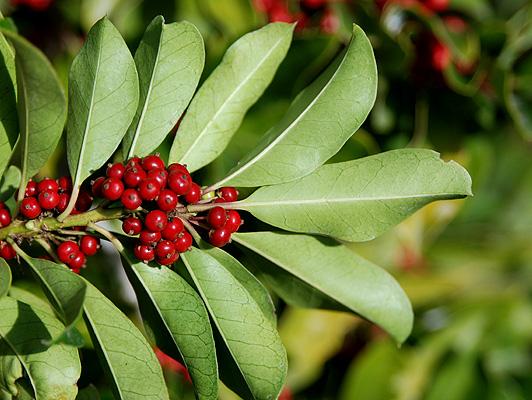
Yerba Mate is known primarily for its leaves, which are used to brew the popular South American tea mate. The plant’s small and rarely used fruit is also a source of yerba mate.
| Nutritional Benefits | Culinary Uses | Growing Conditions |
|---|---|---|
| The leaves are high in caffeine and antioxidants; the fruit is not commonly consumed. | The leaves are used to make yerba mate tea. | Grows in subtropical conditions in South America, particularly in Argentina, Brazil, and Paraguay. |
Fun Facts:
- Yerba mate is traditionally consumed from a hollow gourd using a metal straw.
- It is a social beverage, often shared among friends and family.
17. Yankee Bell Pepper

Yankee bell pepper is a sweet, typically yellow variety that adds vibrant color and sweetness to dishes.
| Nutritional Benefits | Culinary Uses | Growing Conditions |
|---|---|---|
| Rich in vitamins C and A, antioxidants, and dietary fiber. | Used in salads, stir-fries, and as a stuffed vegetable. | Requires warm, frost-free periods and well-drained soil. |
Fun Facts:
- Despite being a fruit botanically, bell peppers are commonly used as a vegetable in culinary contexts.
- The “Yankee” variety is particularly noted for its sweet flavor and bright yellow color when mature.
18. Yellow Plum

Yellow plums are juicy and sweet with a bright yellow exterior, offering a milder flavor compared to their red or purple counterparts.
| Nutritional Benefits | Culinary Uses | Growing Conditions |
|---|---|---|
| High in vitamins A and C, potassium, and dietary fiber. | Delicious when eaten fresh, in pies, or as preserves. | Requires full sun and well-drained soil; relatively easy to grow. |
Fun Facts:
- Yellow plums are particularly popular in homemade jams and jellies due to their high sugar content.
- They have a shorter ripening period, making them a favorite among backyard gardeners.
Summing Up
Did you find any new favorites among these fascinating fruits that start with “Y”?
As we’ve explored, each fruit presents a unique combination of flavors and benefits, ranging from the tangy and aromatic Yuzu to the juicy sweetness of the Yellow Watermelon.
Incorporating these fruits into your diet broadens your culinary palette and boosts your intake of essential vitamins and minerals.
Whether enhancing a recipe or simply enjoying these fruits as snacks, they promise to add excitement and variety to your daily meals.
Trying new foods can be a delightful adventure, so why not start with these vibrant “Y” fruits?



